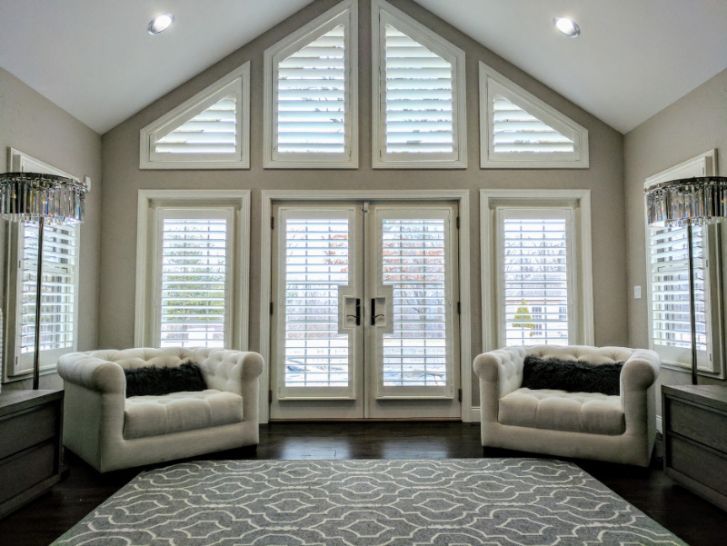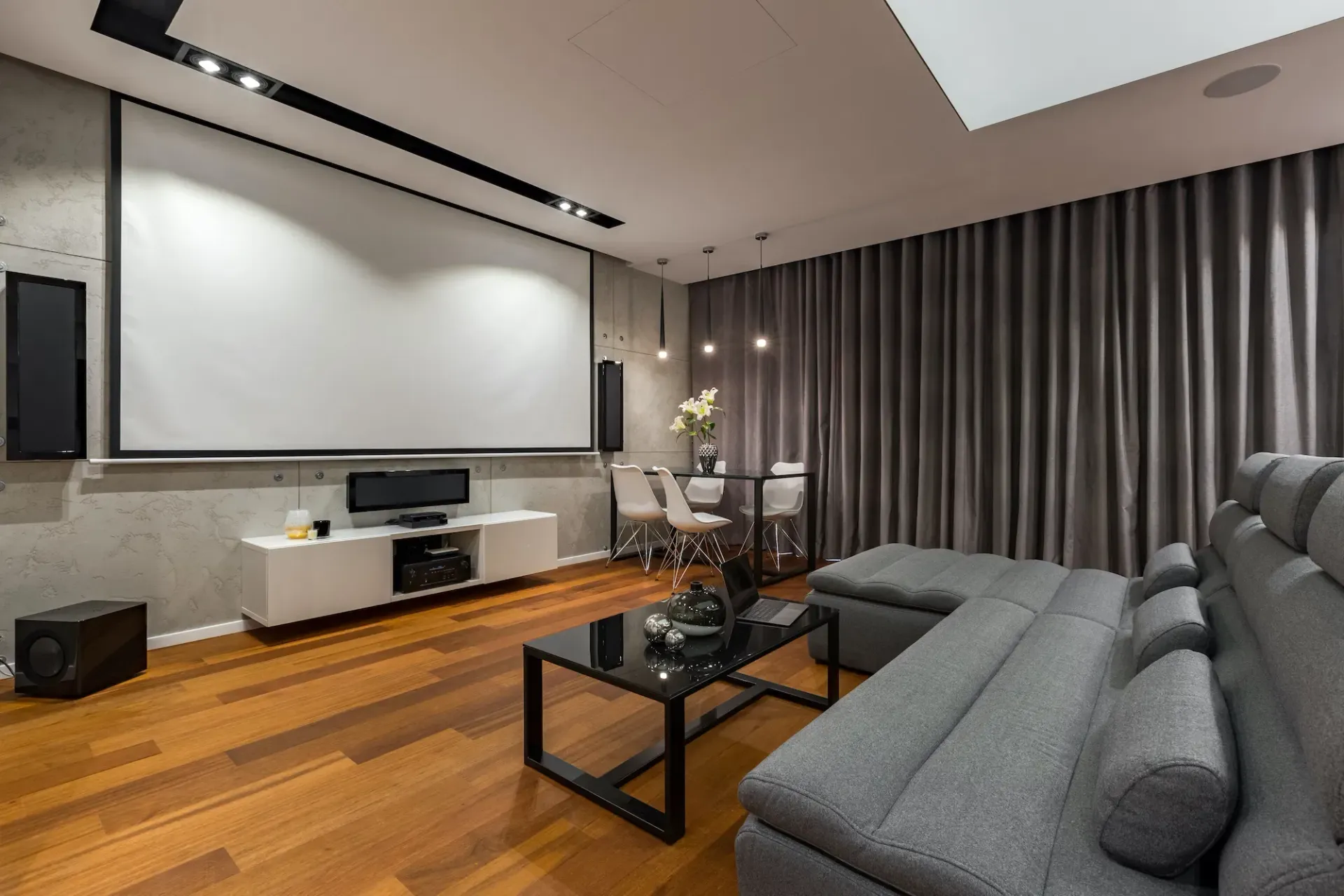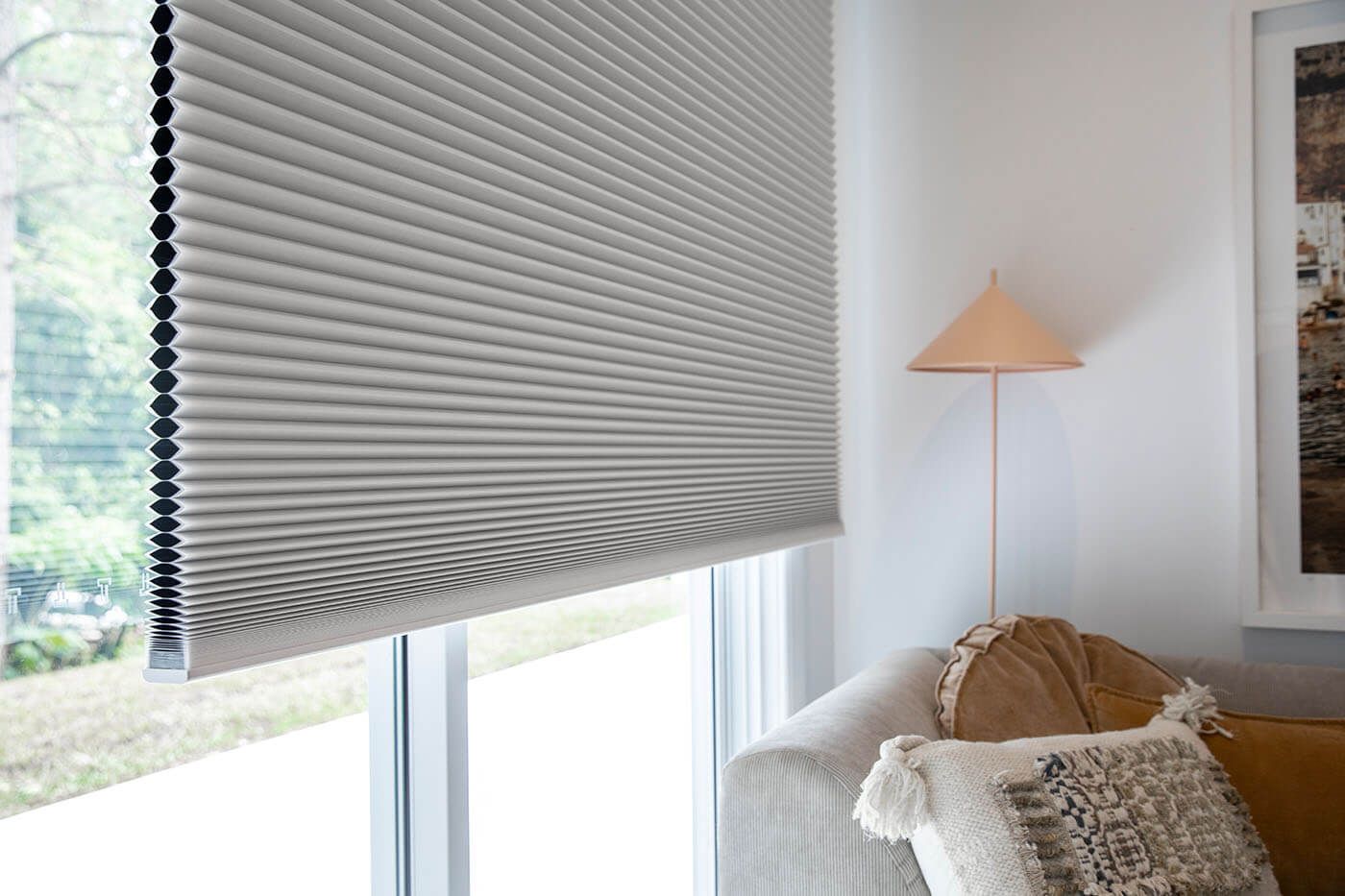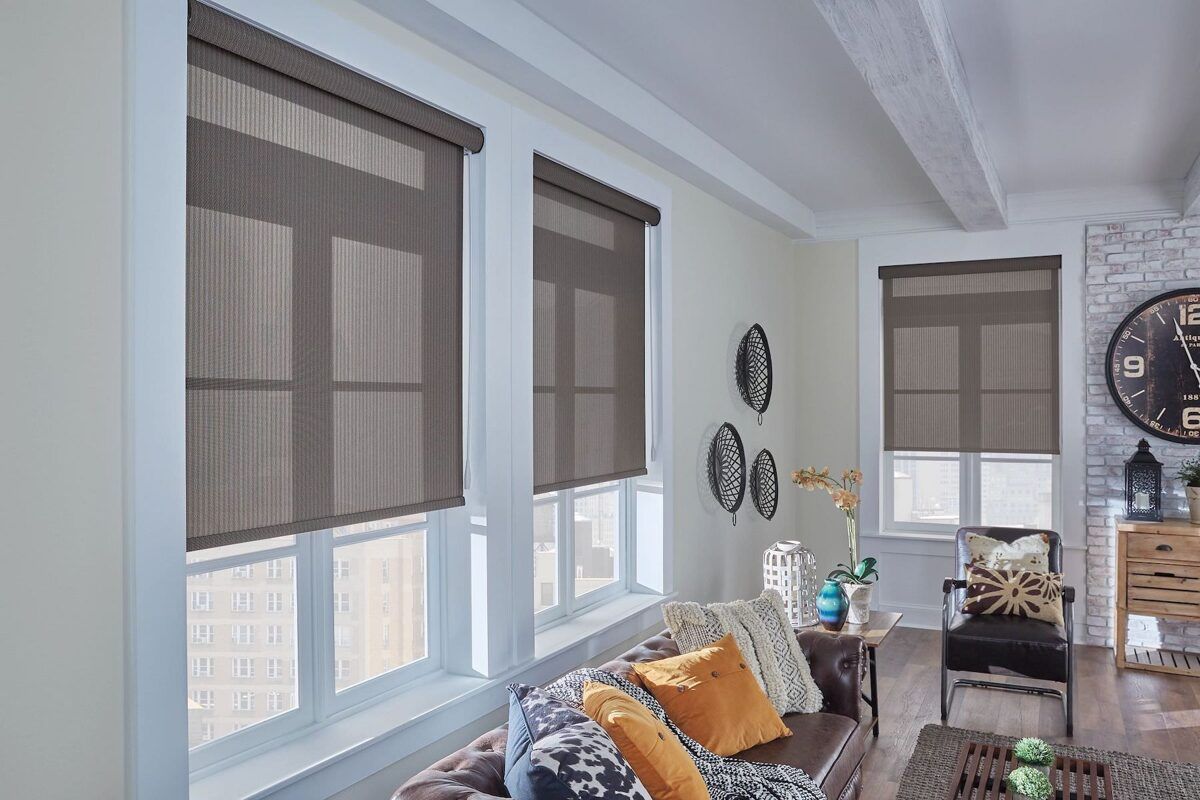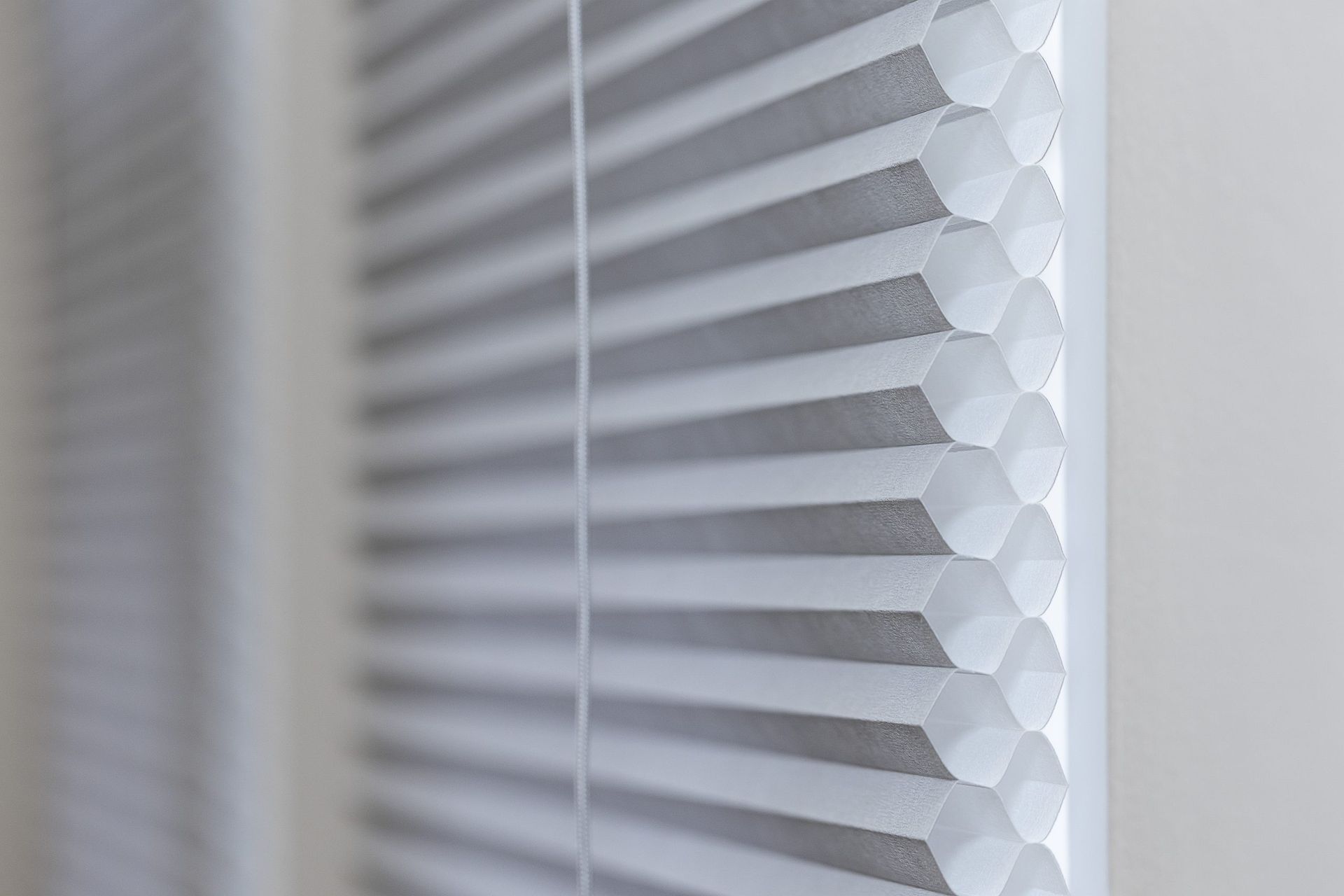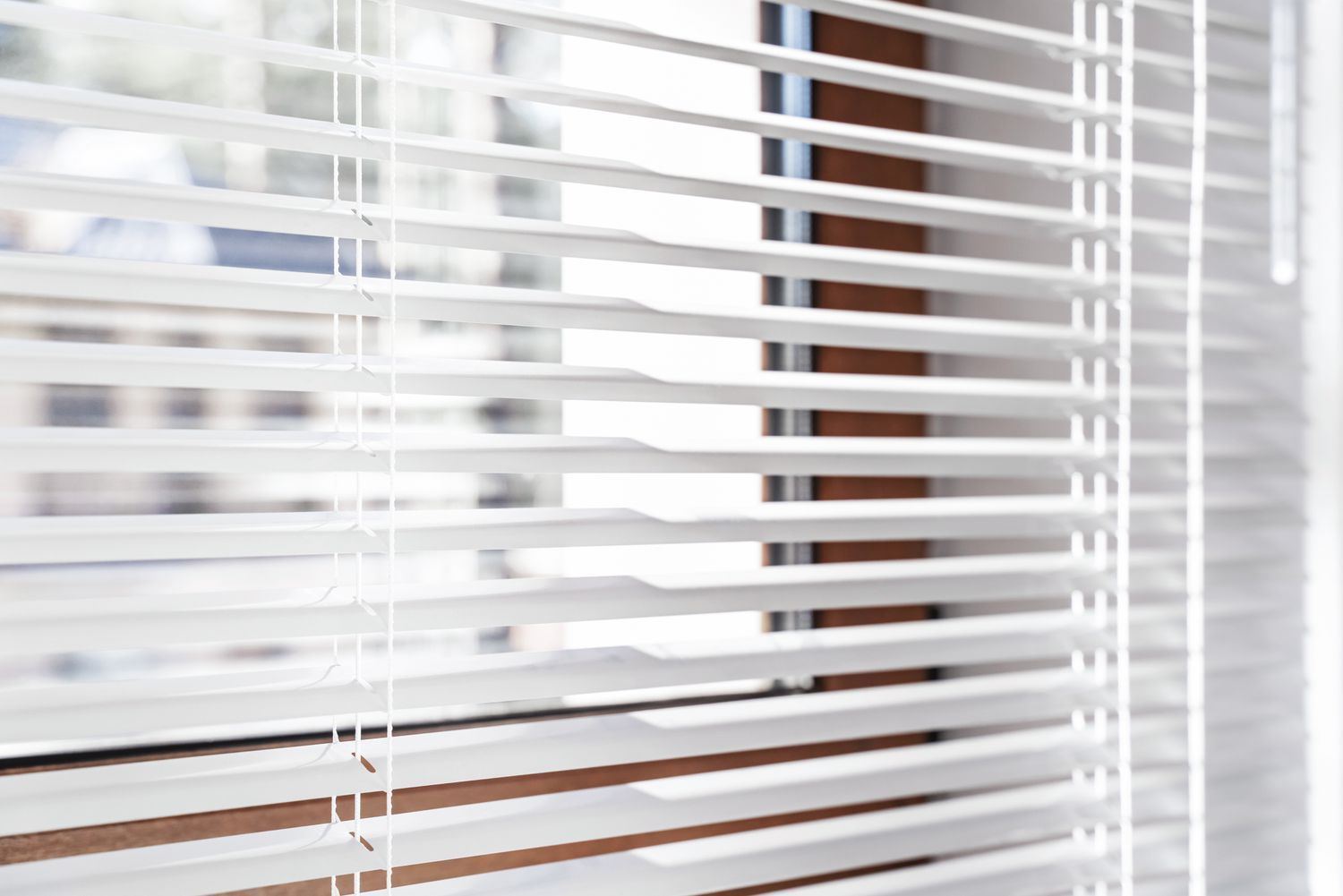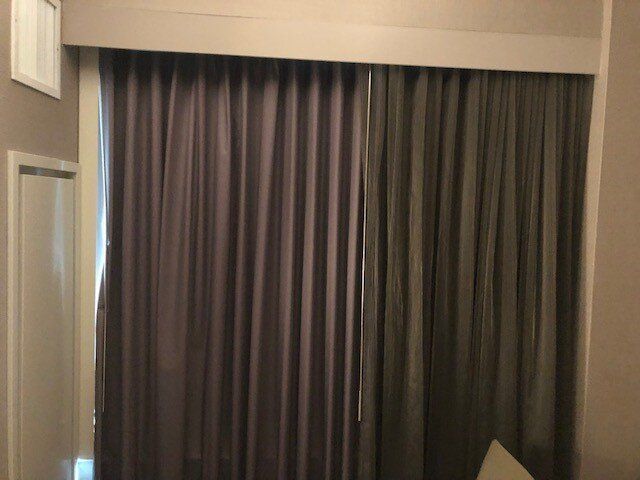Do Blackout Blinds Keep Heat Out? Here’s the Truth
TLDR;
Yes, blackout blinds can keep heat out by blocking sunlight and reducing thermal transfer through windows. Their thick, tightly woven fabric acts as an effective barrier against solar heat gain, helping to keep indoor temperatures cooler—especially during summer.
What Are Blackout Blinds?
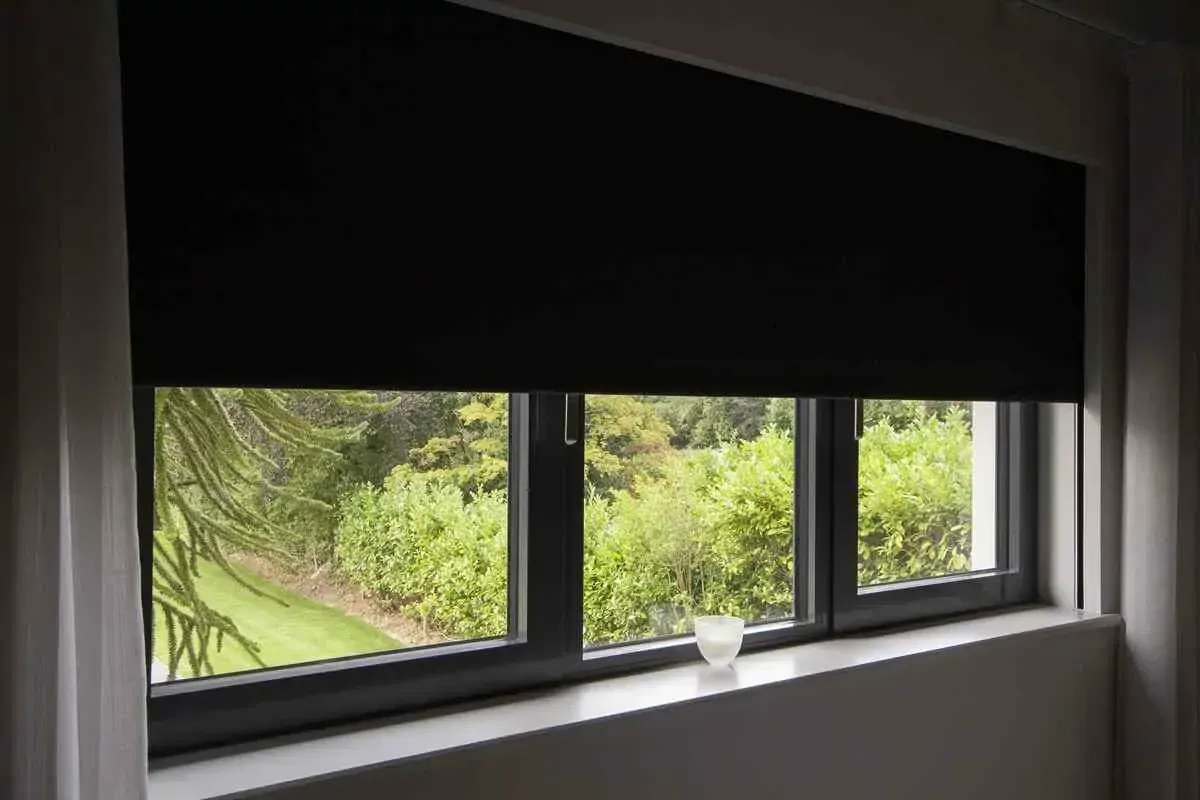
Blackout blinds are window coverings specifically designed to block out light—completely or nearly completely. While many people associate them only with darkening a room for sleep, these blinds have other valuable Blackout Blinds Benefits, particularly when it comes to thermal control.
Here’s a quick breakdown:
- Blackout blinds are made from dense, often multi-layered fabric
- They eliminate light penetration, unlike standard light-filtering shades
- They reduce solar heat gain, which impacts room temperature
Types of Blackout Window Treatments
Not all blackout blinds are created equal. Here are the most common types:
- Roller Blackout Blinds: Sleek, simple, and widely available. Good for modern aesthetics.
- Roman Blackout Shades: Offer elegance with full light-blocking liners.
- Cellular Blackout Shades: Also known as honeycomb blinds, provide both darkness and insulation.
- Blackout Curtains or Drapes: Often combined with blinds for enhanced coverage.
These options all differ slightly in appearance and efficiency, but they share the same goal—blocking light and heat from entering the room.
Do Blackout Blinds Keep Heat Out?
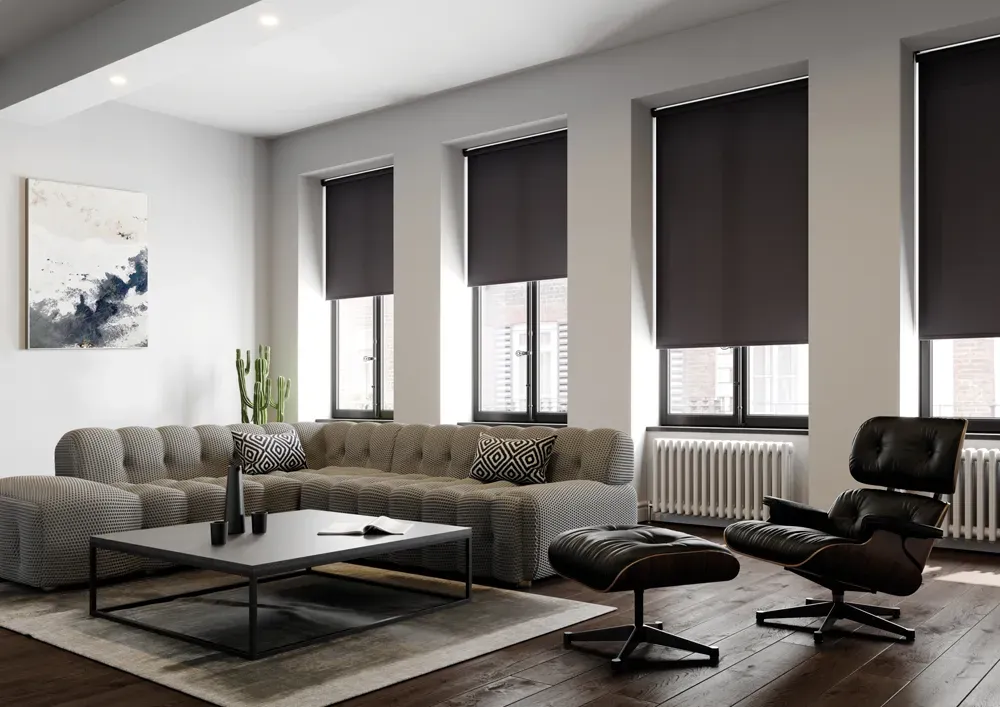
Yes, blackout blinds do block heat, and they do it well. Here’s how they help:
- They reduce sunlight penetration, which lowers room temperature
- They limit heat transfer through windows, thanks to thick, insulating materials
- Some have reflective backings, which bounce heat away from your home
Supporting Research & Statistics
- Studies from the U.S. Department of Energy show
window coverings can reduce heat gain by up to 77% during summer.
- Blackout blinds can reduce room temperature by 10°F to 24°F, depending on installation quality and sunlight exposure.
- Rooms facing direct sunlight benefit the most from blackout treatments.
How Blackout Blinds Work to Control Heat

Blackout blinds control heat through three main methods: blocking solar radiation, insulating against thermal transfer, and minimizing heat convection.
Blocking Sunlight and UV Rays
- Prevents solar rays from directly entering and warming the room
- Reduces fading of furniture and flooring caused by UV exposure
Thermal Barrier Function
- Thick fabrics
trap air between the window and the room, acting as an insulation layer
- Some materials have
a measurable R-value, indicating thermal resistance
Reflective Layers
- Some blackout blinds include
metallic or white reflective backing
- These coatings
redirect infrared rays away from the glass surface
Blackout Blinds vs Other Heat-Blocking Options
If you're comparing heat-reducing solutions, here’s how blackout blinds measure up:
| Treatment Type | Light Blocking | Heat Reduction | Appearance | Cost |
|---|---|---|---|---|
| Blackout Blinds | Excellent | High | Modern, clean | Moderate |
| Thermal Curtains | Moderate | High | Heavy, drapey | High |
| Cellular Shades | Good | Excellent | Minimalist | Moderate–High |
| Reflective Window Film | None | Moderate–High | Invisible | Low |
| Solar Shades | Low–Moderate | Moderate | Transparent | Moderate |
While thermal curtains and honeycomb shades are also excellent, blackout blinds strike the best balance between light control, heat reduction, and style.
Factors That Influence Heat Blocking Effectiveness

Not all blackout blinds are equally effective. Several factors can influence their performance:
Material & Thickness
- Polyester, PVC, multi-layered fabrics are more insulating
- Heavier materials trap more heat
- Some fabrics are rated with
higher R-values
Color & Reflectivity
- Darker blinds absorb more heat
- Light-colored or reflective backing enhances heat reflection
Mounting Style
- Outside-mounted blinds block more heat and light due to full window coverage
- Inside-mounted blinds may allow heat leaks around the edges
Layering and Seals
- Pairing blackout blinds with curtains improves thermal insulation
- Adding
pelmets or valances on top reduces air circulation behind the blinds
How to Maximize Energy Efficiency With Blackout Blinds
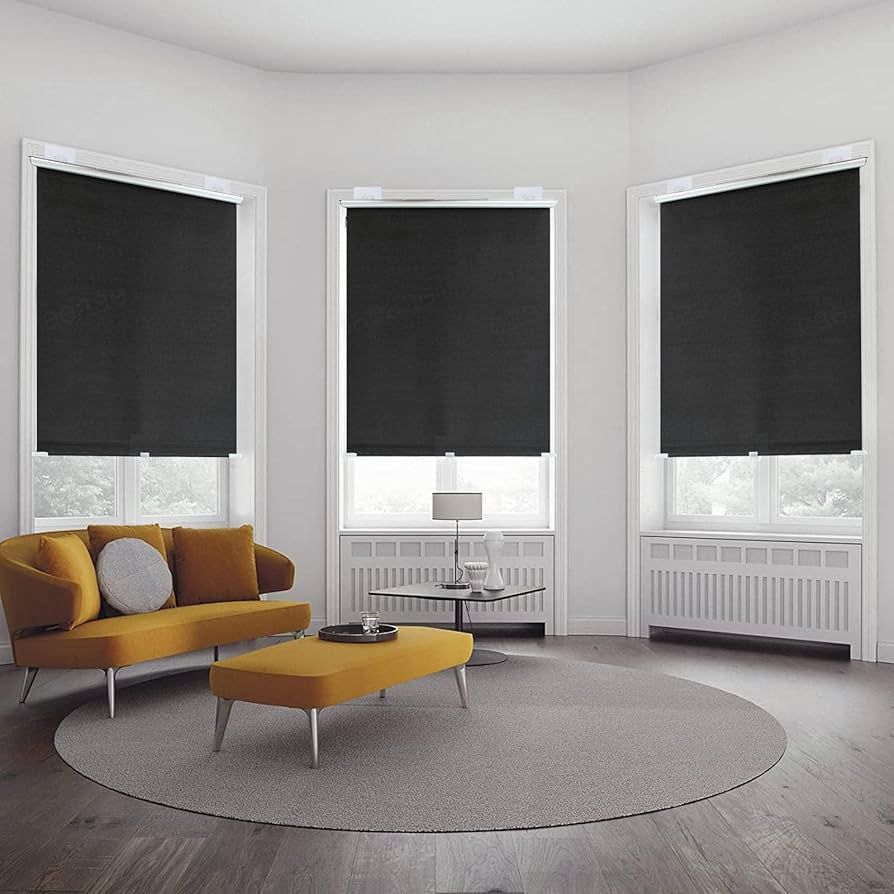
Just installing blackout blinds isn't enough—you need to use them wisely:
- Close blinds during the hottest part of the day (10 am – 4 pm)
- Use
outside-mounted blackout blinds for better coverage
- Add
thermal liners or reflective backings
- Combine with
insulated curtains or drapes
- Seal edges to prevent air leaks (DIY options include Velcro or magnetic strips)
DIY Hacks
- Add removable blackout panels to existing blinds
- Use
reflective foil or emergency blankets behind blinds for temporary insulation
- Install
window caulking or weather stripping to stop heat from sneaking in
Are Blackout Blinds Better Than Thermal Curtains?
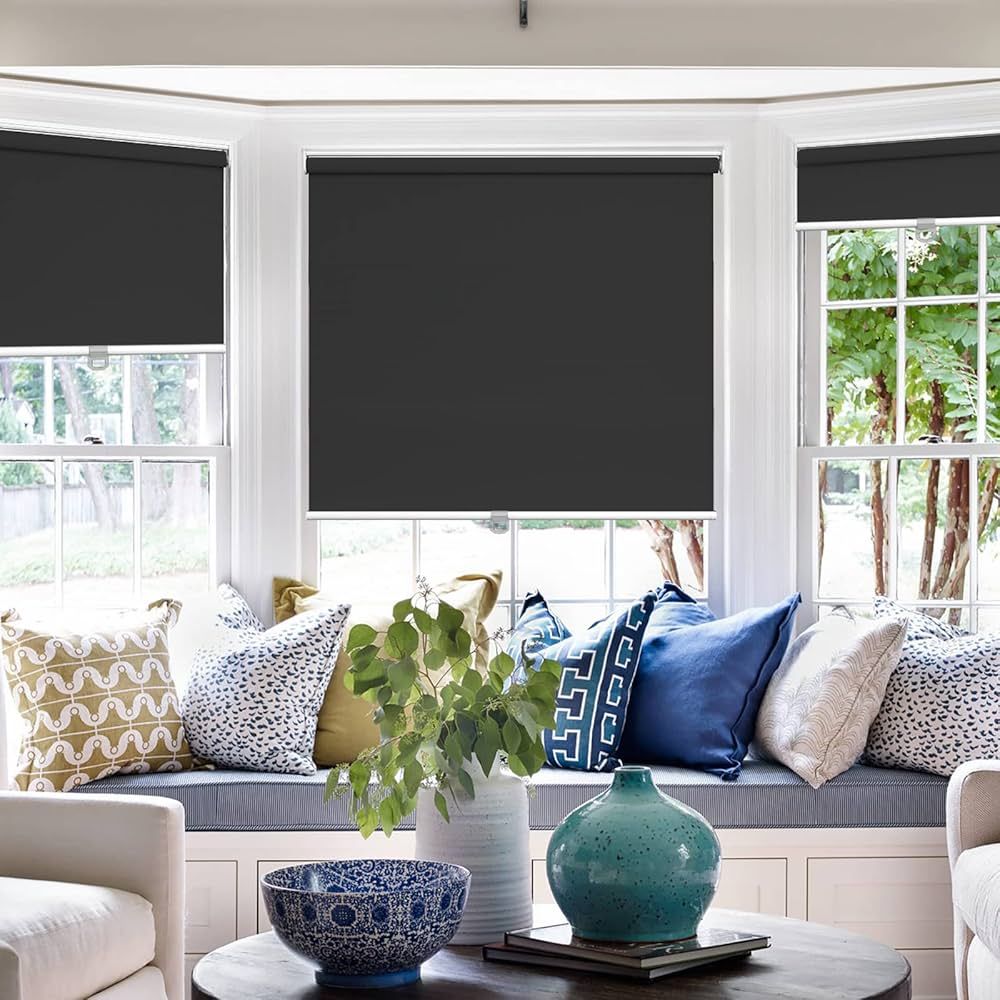
Both have benefits, but here’s a quick comparison to help decide:
- Blackout blinds are easier to operate, modern, and discreet
- Thermal curtains provide higher insulation but are bulkier and often less attractive
- For maximum effect, consider
using both together
Are Blackout Blinds the Right Heat Solution for You?
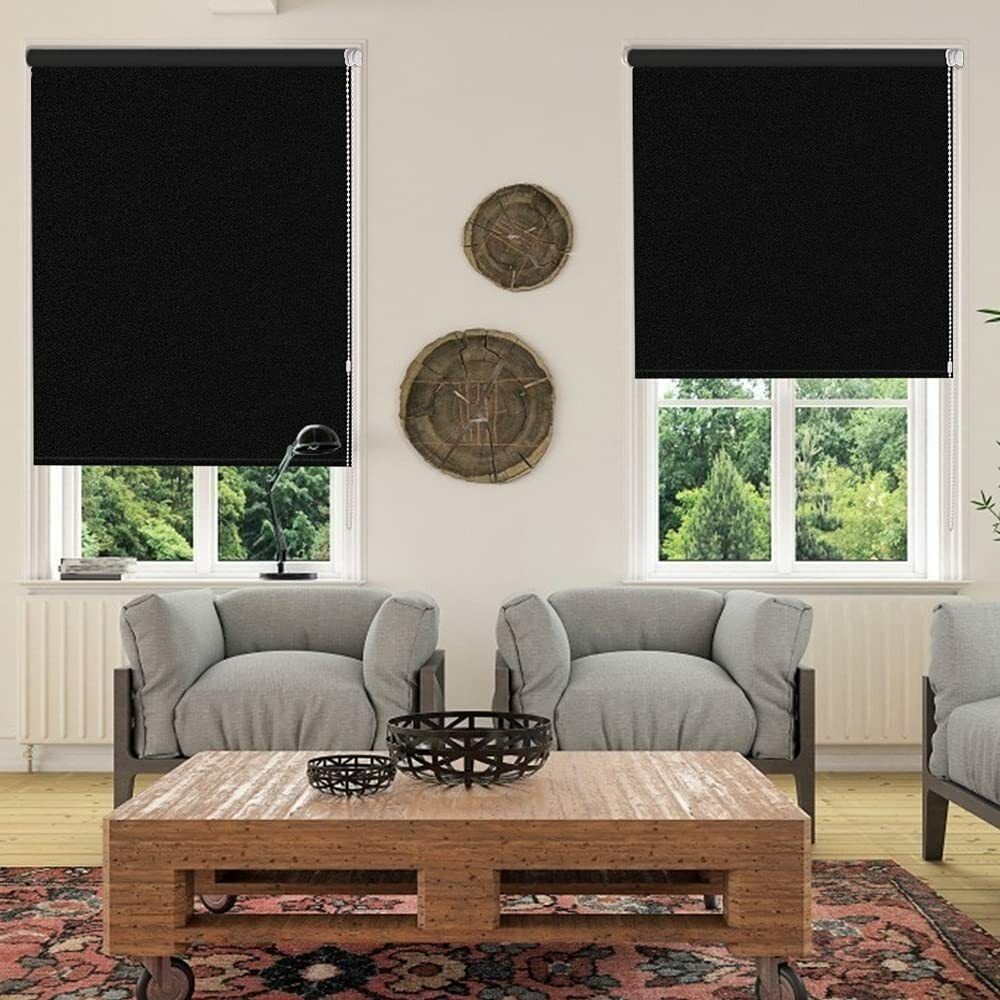
If you're looking to cut heat gain, lower your AC bills, and sleep better—yes, blackout blinds are a smart investment.
They're especially effective for:
- South- or west-facing rooms
- Home offices, nurseries, and bedrooms
- Homeowners looking for energy savings and style
Love Is Blinds MI offers a wide selection of high-quality blackout blinds that combine beauty with energy-saving performance.
To maximize comfort, combine your blackout blinds with:
- Thermal curtains or
cellular shades
- Smart home automation for scheduling
- Energy-efficient window upgrades
Frequently Asked Questions
Do blackout blinds work for cold too?
Yes. The same insulating features that keep heat out in summer can help retain warmth in winter.
Are blackout blinds better than thermal curtains?
They’re different tools. Blinds are sleeker and easier to manage; thermal curtains offer higher insulation. Use both for maximum results.
Do blackout blinds reduce energy bills?
Absolutely. Reduced heat gain means less reliance on AC, which leads to lower electricity usage and cost.
Can blackout blinds help in winter?
Yes. In winter, they help by trapping indoor heat and minimizing drafts, especially when tightly fitted.

